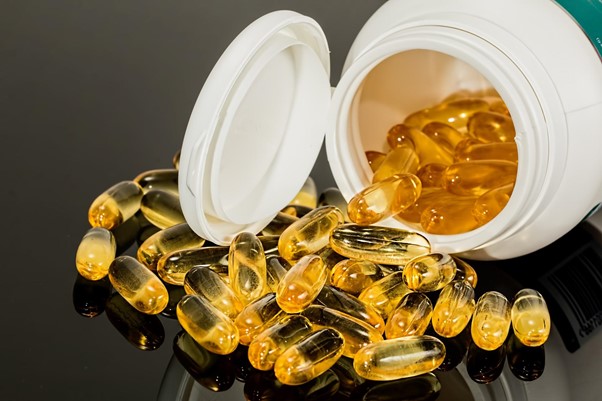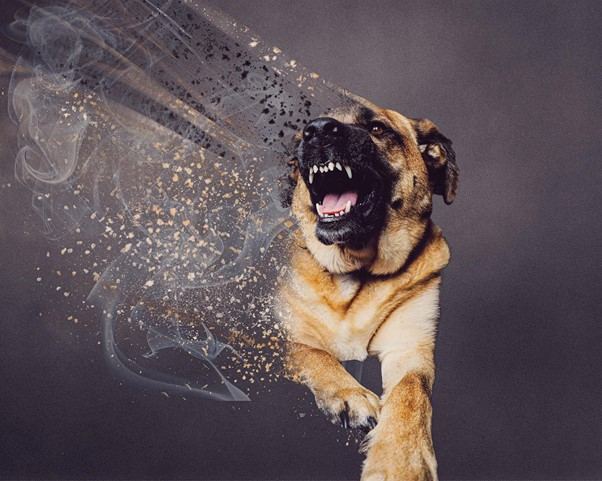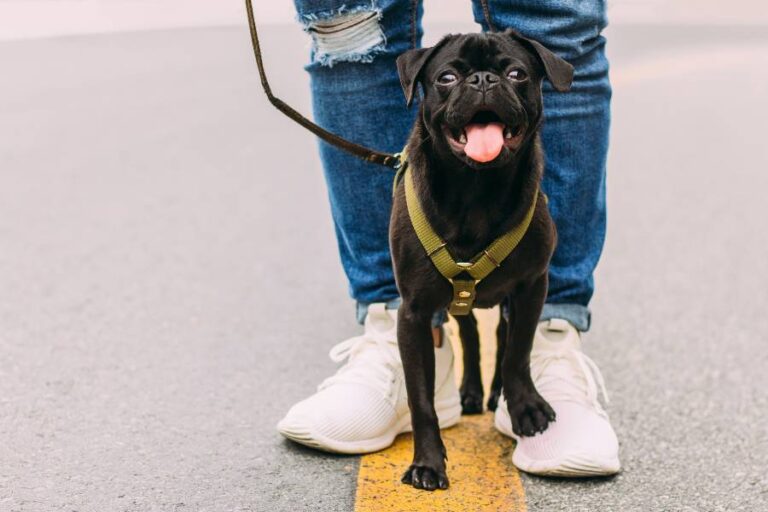How to Potty Train A Dog Fast: Proven Strategies for Successful Puppy Potty Training
- Last updated on March 27, 2023
- By: Caroline Stowe
If you have recently welcomed a new puppy into your home, then you might be feeling overwhelmed by the idea of potty training them. You’re not alone!
Successful potty training for your pup is one of the most important things that you can do as a pet owner. It’s also one of the most difficult tasks to master.
It requires patience, consistency, and dedication—but it can be done! Let’s take a look at how to successfully potty train your pup.
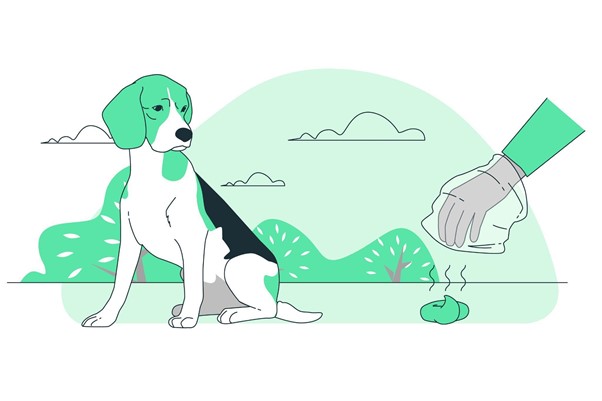
The Basics of Potty Training
Before you begin potty training your puppy, there are a few basic principles you should understand. First and foremost, puppies will have accidents — that’s just part of the process.
You need to remain patient and understanding when this happens and not scold your pup for accidents in the house.
Secondly, it’s important to remember that puppies can only hold their bladder for one hour per month of age — so if your pup is two months old, they can only hold their bladder for two hours at a time!
Finally, make sure that you reward good behavior with treats or verbal praise; this helps reinforce positive behavior and makes potty training easier in the long run.
Potty Training Your Puppy: A Step-by-Step Guide
Establishing A Routine
One of the most important aspects of potty training your puppy is establishing a routine. You should take them outside at least once every two hours during the day (more often if possible) for them to do their business.
When you take them outside, take them to the same spot each time so they can become familiar with it as “their spot” and know what to do when they get there.
If they don’t go within five minutes or so, bring them back inside and try again later — it may take some time before they learn how to recognize the urge to go!
Crate Training
Crate training is also an effective way for potty training your pup. Dogs naturally do not like soiling their own space, so crate training helps teach them where they should go when they need to relieve themselves.
Make sure that you are using a crate that is big enough for your pup but small enough so that there’s still some room for them to move around without having too much space available.
When you leave the house or head upstairs at night, place your pup in their crate with plenty of toys and treats (which will give them something positive to associate with being in their crate).
This will help keep accidents away while you’re away from home or asleep at night!
Rewards System
It’s always important to reward good behavior when potty training your pup because this encourages positive reinforcement and helps solidify what it is that you expect from them!
Every time they go outside and do their business, make sure that you give them verbal praise along with treats such as small pieces of cheese or dog treats.
Not only does this show appreciation for doing something right but it gives them something tangible (in this case food!) that they can associate with going outside when they need to use the bathroom.
Accidents Happen
Keep in mind that accidents are going to happen during potty training—it’s just part of the process!
Don’t get angry with your pup if they don’t get everything right away; be patient and understanding while you work together on mastering this skill set.
Clean any messes immediately so your pup won’t return to that spot later on down the road; if necessary, use odor-eliminating sprays or cleaners for extra measure.
Supervision & Clean-Up
It’s also important that you keep an eye on your pup while they’re inside so you can catch any accidents before they happen.
If an accident does happen (and it likely will), make sure that you clean up thoroughly; use an enzymatic cleaning solution designed specifically for pet messes so any remaining odors won’t attract your pup back to the same spot in the future.
If possible, confine your pup (in their crate or another room) when no one is home so there aren’t any accidents while you’re away from home either!
Choose an Outdoor Spot
When it comes time for your pup to go outside, make sure that you always take them to the same spot in the yard or park.
This will help them create an association between going outdoors and relieving themselves—and not just in any old spot in the house!
If at all possible, bring treats with you every time your pup goes outside; this will help reinforce good behavior and make the outdoors even more attractive for them.
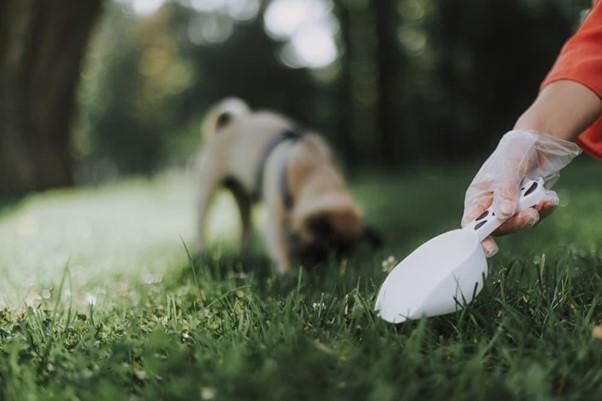
Be Patient (But Firm!)
Potty training takes patience and consistency—and lots of it! Don’t get frustrated if there are accidents along the way; puppies need some time to learn what’s “right” and “wrong” when it comes to pottying indoors vs outdoors.
That being said, if there are multiple accidents in one day or if your pup is having difficulty understanding what’s expected of them, try using firmer commands such as “No! Outside!” or “Go Potty Now!”
Remember that repetition is key here; eventually, they’ll learn what these phrases mean and use them while they’re pottying in their designated spot outdoors.
Still not sure? Check out the video below and learn how to potty train your dear furry partner.
Conclusion
Potty training can be tricky business, but don’t let that deter you from welcoming a puppy into your home!
With patience, consistency, and positive reinforcement you can easily teach even the most stubborn pups where and when they should go to do their business.
Just remember: accidents are inevitable—it’s all part of learning! So stay calm and take things one step at a time; before you know it your pup will have mastered this skill set like a pro! Good luck!
-
Author: Caroline Stowe
- Updated on March 27, 2023
Disclaimer: This article doesn’t intend to replace professional veterinary advice, nor should it be used as a substitute for veterinary services, diagnosis, or treatment. The content on this website, including information and opinions expressed herein, are intended for general informational purposes only. In case you have concerns or questions regarding your dog’s health and diet requirements, please consult your veterinarian before doing anything that might affect it.
DogPetGuide.com and the writer are not responsible or liable for any damage, liability, costs, or claims arising from any possible consequences of the reader’s action after reading this article.

